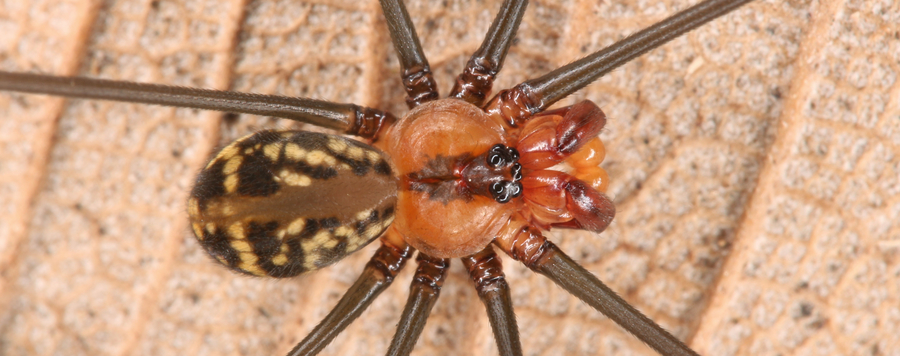
The South American spider genera Mesabolivar and Carapoia
The South American genera Mesabolivar González-Sponga, 1998 and Carapoia González-Sponga, 1998 are among the most species rich pholcid genera in the Neotropics. Representatives of both genera occupy a wide range of microhabitats from the leaf litter to high among the vegetation, resulting in a morphological and behavioral diversity that complicates not only identification in the field but also the establishment of generic limits. The present paper is primarily an effort to improve the foundation for future work on these genera by describing new species and unknown sexes, by redescribing poorly known species, and by adding distribution data for known species. In order to provide some structure for the 72 species treated herein, the genera are divided into operational species groups, based in part on previous morphological and molecular phylogenetic analyses, in part on similarity. The following 47 species are newly described. In Mesabolivar: M. acrensis, M. amadoi, M. amanaye, M. amazonicus, M. baiana, M. bico, M. bicuspis, M. borgesi, M. buraquinho, M. camacan, M. catarinensis, M. chapeco, M. claricae, M. constrictus, M. guaycolec, M. inmanis, M. itajai, M. jamari, M. kaingang, M. madalena, M. macushi, M. maraba, M. mimoso, M. murici, M. niteroi, M. pallens, M. saci, M. sepitus, M. serrapelada, M. similis, M. tabatinga, M. tapajos, M. turvo, M. yucuma. In Carapoia: C. agilis, C. bispina, C. djavani, C. exigua, C. kaxinawa, C. maculata, C. munduruku, C. pulchra, C. rubra, C. suassunai, C. tapajos, C. tenuis, C. utinga. Three poorly known species are redescribed in detail: M. spinosus (González-Sponga, 2005), M. anseriformis (González-Sponga, 2011), and M. azureus (Badcock, 1932). The previously unknown females are described for M. anseriformis and M. rudilapsi Machado et al., 2007; the previously unknown male is described for M. argentinensis (Mello-Leitão, 1938). The monotypic genus Teuia Huber, 2000 is newly synonymized with Mesabolivar, resulting in the new combination Mesabolivar beckeri (Huber, 2000). Psilochorus fluminensis Mello-Leitão, 1918 and Blechroscelis aurantia Mello-Leitão, 1940 are newly synonymized with Mesabolivar togatus (Keyserling, 1891). Three species are formally transferred from Mesabolivar to Carapoia: C. cambridgei (Mello-Leitão, 1947), C. lutea (Keyserling, 1891), and C. levii (Huber, 2000).





